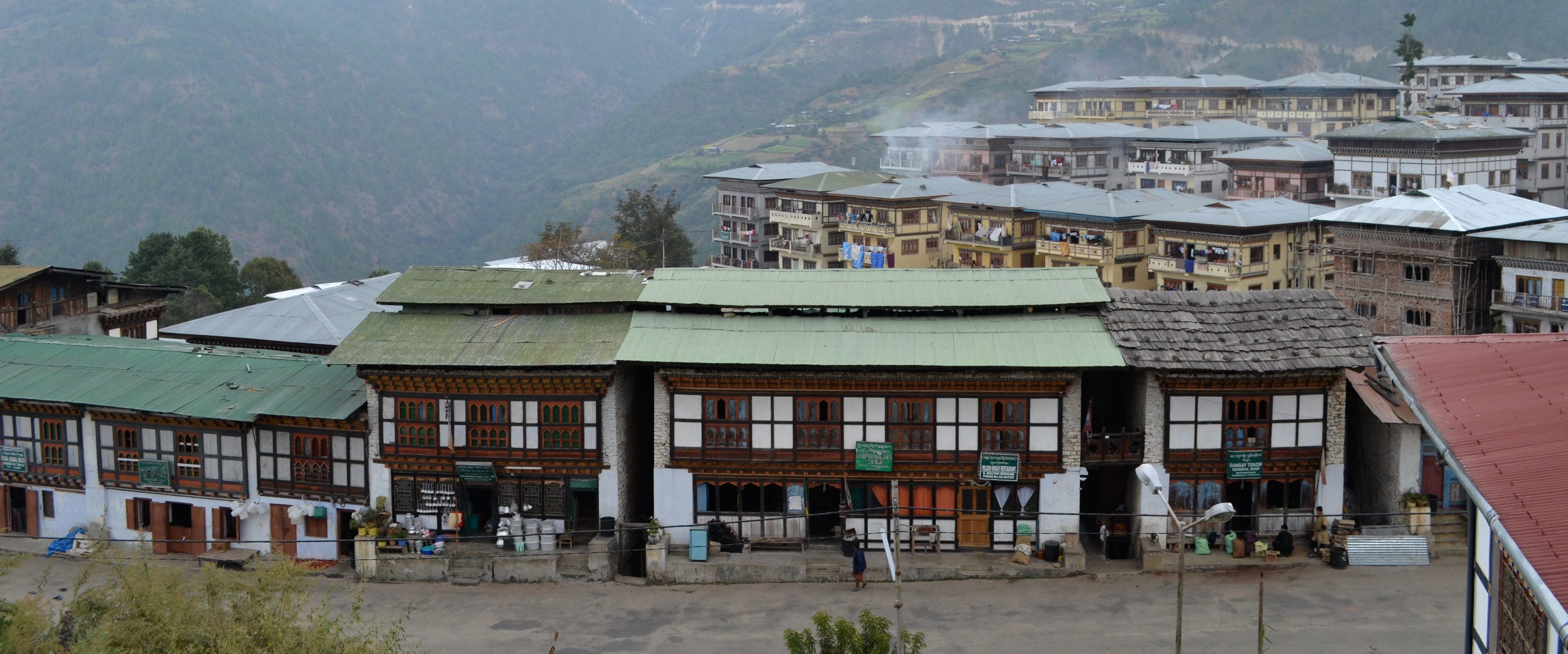
Mongar
Home / DESTINATIONS / EASTERN BHUTAN / Mongar
The journey in Eastern Bhutan just begins when visitors are crossing the 3,800 metres second highest pass, Thrumshing La. The descent from Thrumshiang La to Lingmithang is astonishing as the road drops from 3,800 metres to 650 metres in only a few hours, passing url tips from pine forest to semi-topical forest to orange groves, beautiful waterfalls and steep cliffs.
Arriving at Mongar marks the beginning of Eastern Bhutan’s experience. Many towns in Eastern Bhutan are built on the sides of the hills; whereas towns in Western Bhutan are develop on the valley floor. Mongar is well-known for its traditional textiles and fabrics, which is considered one of the best in Bhutan.
Mongar Dzong was built in 1953 as the original Shongar Dzong was destroyed by fire. This Dzong is located on a small gentle slope just above the town. It is constructed using the same construction method used by all the earlier Dzongs, without any construction drawings or nails. A visit to this Dzong will amaze visitors as it proofs that the traditional Bhutanese architecture is able to thrive through the centuries.
One of the largest and most important monastery in Eastern Bhutan is Drametse Lhakhang, which was founded in the 16th century by Ani (nun) Cheten Zangmo, the granddaughter of the renowned religious master Terton Pema Lingpa (the treasure discoverer). According to the biography of the 6th Dalai Lama, Tshangyang Gyatso (17th century), Ani Cheten Zangmo is the incarnation of a celestial woman (dakini) who is strongly committed to the well-being of all sentient beings on earth.
This Lhakhang is deeply associated with Terton Pema Lingpa and the Peling tradition of Buddhism. The Dramitse Thongdrol is a unique piece as it carries the images of Terton Pema Lingpa, surrounded by small images. The Dramitse Ngacham (Dance of the drums of Dramitse) was proclaimed by UNESCO as a masterpiece of the oral and intangible cultural heritage of the world. The annual Tshechu of this Lhakhang is performed every year on the 10th month of the Bhutanese calendar.
Other places of interest include :
- Zhongar Dzong: The ruins of Zhongar Dzong is a testimony to the skill of its builders, renowned master craftsman, Zowo Balip. Built in the 17th century, this Dzong is believed to have been built at a site where the master architect Zow Balip saw a white bowl. A visit to the ruins can be a memorable experience and will give you a sense of the medieval Bhutanese administration.
- Yagang Lhakhang: situated in a small village next to the town. It was built in the 16th century by Sangdag, the youngest son of Terton Pema Lingpa. It houses a wide range of spiritual treasures and other sacred objects known to have discovered by Terton Pema Lingpa.
- Aja Ney: another sacred site where pilgrims from different parts of Bhutan will visit to receive blessings and wash away their sins. According to legend, a rock that bears 100 translations of the sacred syllable was discovered by Guru Padmasambhava. It is situated at an altitude of more than 3,500 metres above sea level, which is approximately a two-day trek from Seizhong village.
- Jarung Khashor Choeten: Next to the bridge over the Kurichu. The Choeten is modeled after the Jarung Khashor Choeten in Nepal.